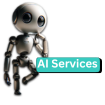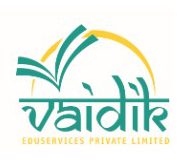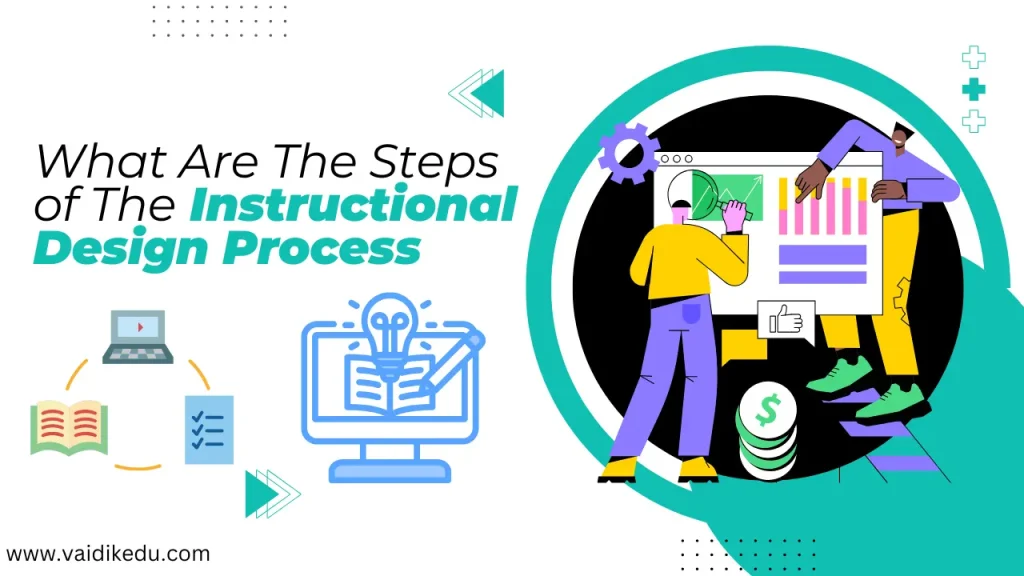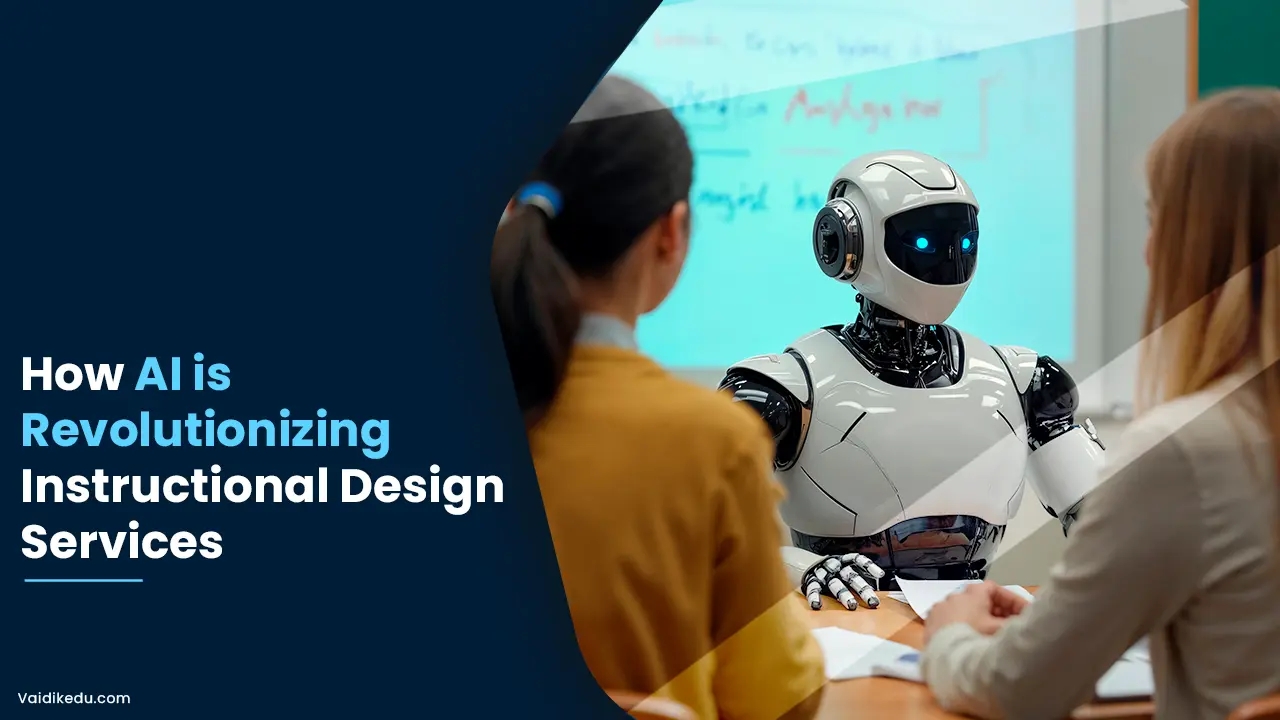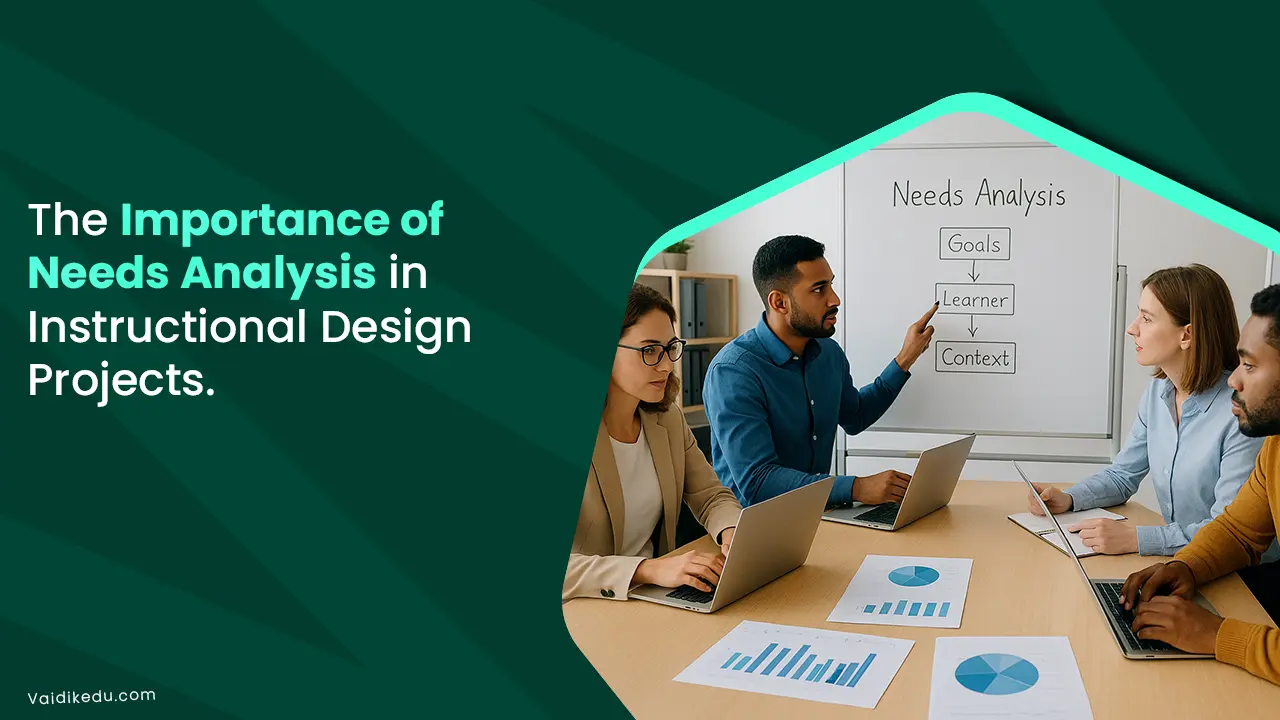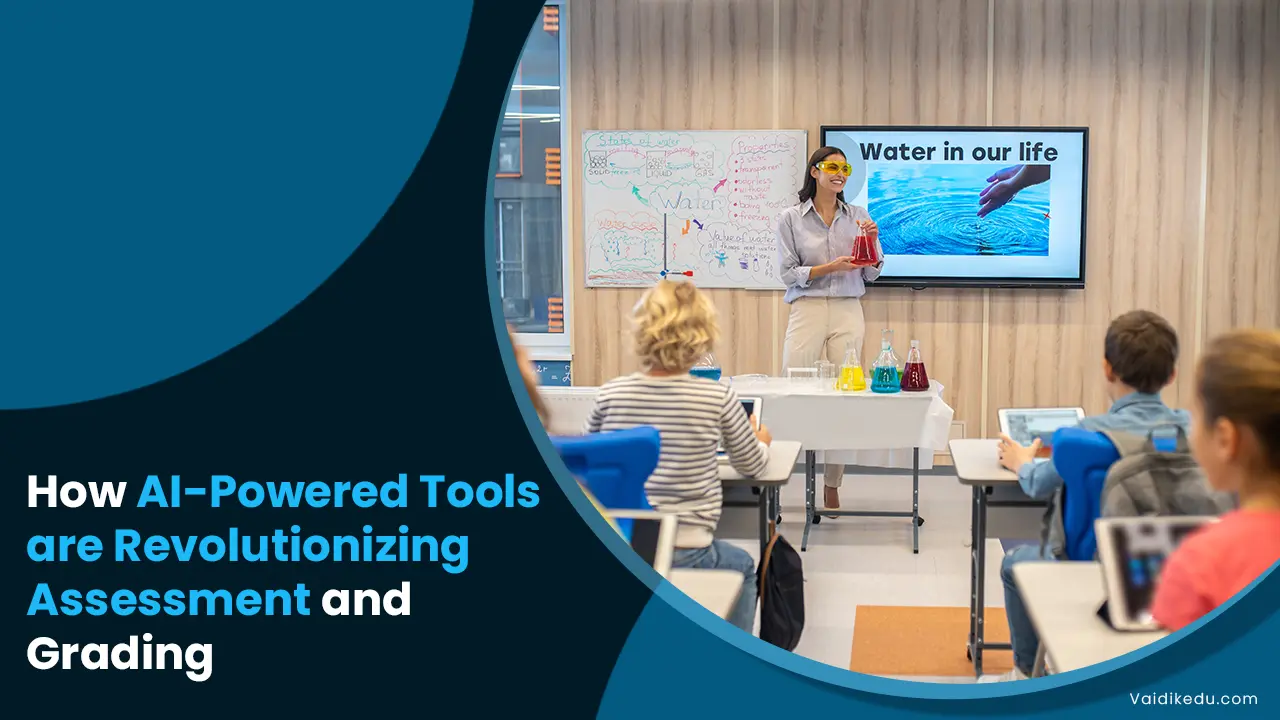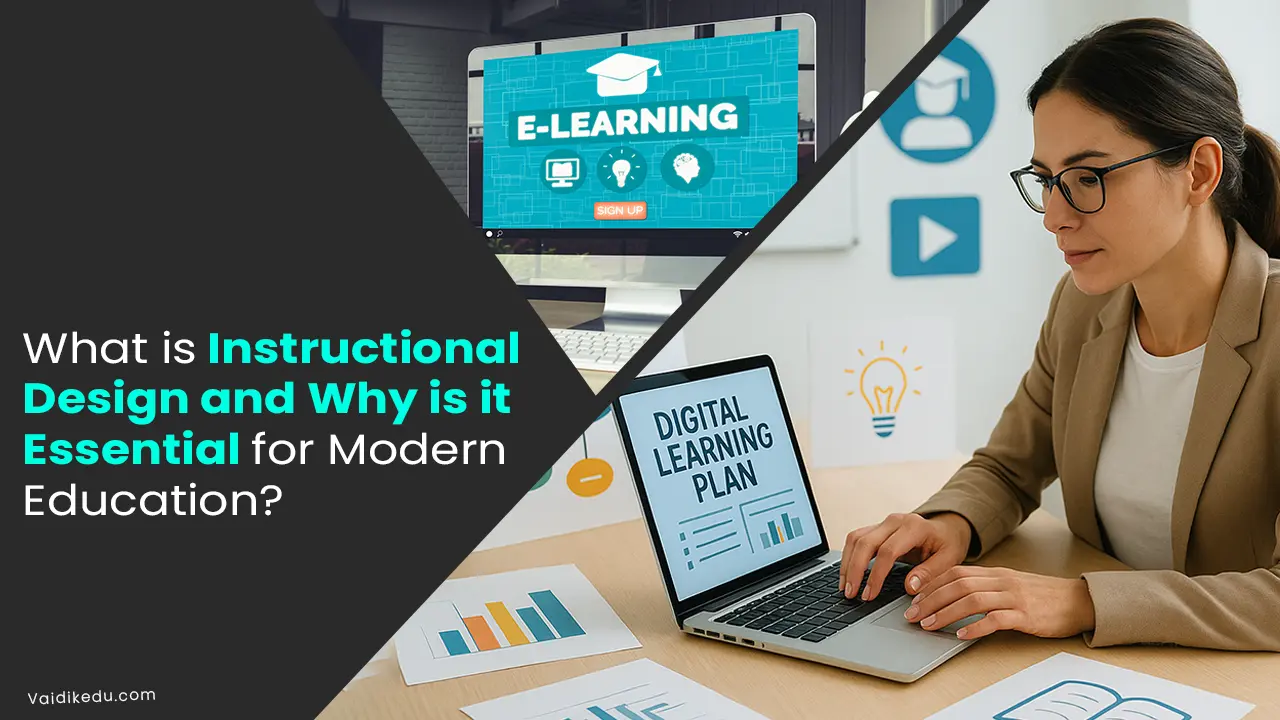Before a road trip, we do not just get in the car and go. We plan the destination, the stay, and transportation. Every detail we plan.
Designing a learning experience is similar. This includes developing the learning objectives and course format and lining up all of the materials to make everything smooth. Finally, we run through this process to see how it could be improved.
The total structure of this planning is called the instructional design process.
In this blog, we’ll explore the various steps involved in the instructional design process and how these steps help in planning the best learning experience.
What is Instructional Design?
Instructional design is the process of developing effective, engaging, and simple learning experiences. It covers learners’ needs analysis, content development, course material creation, delivery and assessments. Learning must be interesting enough for the learner to create value and achieve its objectives.
Interestingly, this idea goes back to World War II, when the U.S. military needed efficient training for soldiers. Since then, it has grown with the development of technologies, cognitive psychology, and educational theory, making it dynamic and ever-developing.
Building Steps of Instructional Design:
Creating an instructional design is an exciting process. It describes five stages in developing a learning intervention.
1.Laying the Groundwork – The Analysis Phase
Every successful learning journey begins with understanding the destination. Analysis is the first step of the instructional design process, during which a foundation for the whole project is laid. This stage includes:
- Identification of Learning Needs: Can you attempt to teach a class without knowing what they need to learn?
The first step in the analysis phase is to identify the learning objectives. What skills or knowledge gaps must be overcome? To determine what people need to learn, one works with stakeholders, runs surveys, and analyses performance data.
- Audience Analysis: Following that, one needs to know one’s learners. Are they beginners or advanced? What are their learning preferences?
Knowing the audience ensures the relevance and approachability of the content. This guides the design process to match the needs and characteristics of the target group.
- Content Clarity: Now it is clear what you need to teach and who you are teaching it to. Next is to get into the content.
This requires you to collect, organise, and refine the subject matter. What information is needed? What could be left out? Content analysis ensures that the material is both complete and centred.
2. Crafting the Blueprint – The Design Phase
Once the analysis is complete, a proper design of the instructional strategy follows. This stage defines how the plan should be presented to achieve the goals set forth during the analysis phase.
- Objective Setting: Learning objectives are central to the design phase because they specify what students will learn at the end of the course.
They need to be SMART. They should direct the entire process and ensure that each element contributes to the desired outcome.
S – Specific
M – Measurable
A – Achievable
R – Relevant
T – Time – Bound
- Making Instructional Strategies: How will you present the content?
The instructional strategy is the method to activate the learners and meet objectives, like lectures, activities, discussions, or practices. The solution is to opt for methodologies that best align with the needs and teaching requirements of the learners.
- Assessment Design: How will you know when they have learned the information you want them to know?
That is achieved through designing assessments. Quizzes, tests, projects, and practical demonstrations are all possible types of assessments. Effective assessments are aligned with learning objectives and provide a clear picture of student progress.
3. Giving life to the blueprint—The Development Phase
With the design in place, it is time to create instructional materials. During this phase, content is created and assembled that will be delivered to learners.
- Content Creation: Now the magic begins! In the development phase, you create the learning content like text, videos, slides, e-learning modules, or a combination. The goal is to produce high-value, engaging materials.
- Prototyping for Perfection: It’s wise to go through a prototype before rolling the actual thing out. A prototype is a draft version of the course to get reviews. This can be used to make revisions in the main course.
- Testing and Review: Materials are first reviewed and tested to ensure that they meet the desired quality standards for effective learner engagement.
- Pilot Testing: Before the full launch, there is the very helpful practice of a pilot test for a limited number of learners.
Pilot testing gives great responses on content, structure, and methods of delivery of this course. It’s the final check before going live.
4. Launching the Course—The Implementation Phase
The implementation phase is the delivery of the course or program to the learners. It is at this point that everything—all the planning and plotting falls into place in a real-world learning environment.
- Delivery: Now it’s showtime!
Here the learners finally experience the content—online, face-to-face, or through a blended approach.
- Learner Support:
The implementation isn’t just about delivering something, but it also calls for support that must be accorded to learners through question-and-answer sessions, discussions, and one-on-one coaching that facilitates them in maintaining engagement and realizing learning outcomes.
- Measuring Success -The Evaluation Phase
The final stage is the course effectiveness evaluation after the delivery. This provides continuous improvement.
- Formative Feedback:
Formative evaluations will provide ongoing feedback, allowing you to make changes and improve the course so that it meets its objectives and the needs of students.
- Summative Feedback:
The summative assessment examines how well the overall course performed in terms of objective achievement, learner assessment scores, and satisfaction. It is mainly based on assessment data, surveys, and feedback.
Conclusion
The instructional design process is your guide to creating effective learning experiences. From analysis and design to development, implementation, and evaluation. Each step ensures the education is met with preciseness and engagement.
According to the Association for Talent Development (ATD), a well-organised design improves learning outcomes as well as satisfaction.
So, ready to craft some mind-blowing learning experiences?
FAQs
1.What is instructional design in simple terms?
Instructional design simply means a plan to create teaching or learning experiences effectively. Following this layout ensures that the content is easy to understand and learn.
2. Is it necessary to use an instructional design when developing a course?
Yes. Using instructional design ensures that courses and products are well-organised, clear, creative, and effective for users. It ensures that information is refined before being presented, rather than simply thrown at them.
3. Can anyone use this design model, or is it only for entrepreneurs and teachers?
Definitely! Design models help anyone who wants to create a learning experience. It is not just for teachers or entrepreneurs. The main goal of design models is to arrange and improve the contents for better presentation.
4. Why is testing done before the product launch?
Testing is done to see if there are any glitches or errors. It helps to catch and rectify the problems before reaching the market. It is a quality check to ensure the learners have a smooth experience.

